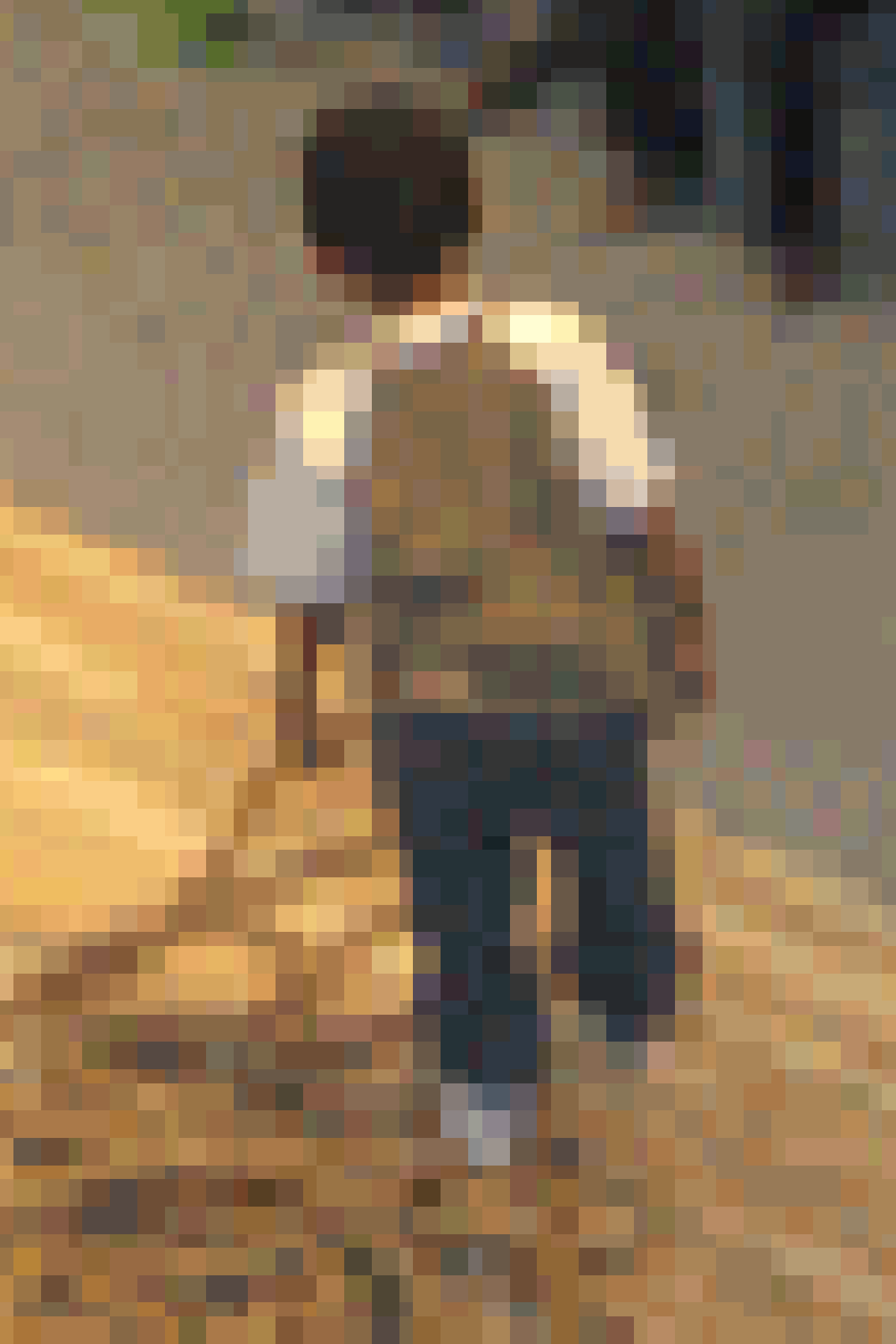A seat at the table
The Saturday afternoon conference, Teaching the Humanities in Difficult Times, was running a few minutes late, giving the 50-some people waiting in the pews at the Hyde Park Union Church time to notice that the four chairs at the maroon-clothed table didn't match with the eight advertised speakers.
The conference—coordinated by the Humanities Division's Civic Knowledge Project and cosponsored by, among others, the Illinois Humanities Council and the University's Darfur Action and Education Fund—focused on an educational project that had been hard to orchestrate: a Clemente Course in the Humanities being run in Darfur/Sudan for people who have been displaced by the conflict there. But it turned out that making it to the conference proved equally difficult.
Socratic seminars bringing literature, philosophy, and art to the poor, prisoners, and other distressed people in the hopes of transforming how they view the world and their role in it, the Clemente Course program was founded in 1995 by author Earl Shorris. The 110-hour courses are offered in Canada, Mexico, South America, Asia, Australia, and—since February 2008—for men and women in refugee displacement camps in Khartoum.
Shorris began his remarks by explaining that Cairo's U.S. Embassy had denied or delayed visas for some key people involved in the project, including Ismat Mahmoud Ahmed, a member of Khartoum University's philosophy faculty: "So we have a problem."
Denied a visa because, he was told, his English wasn't good enough, Ahmed wrote a letter about the philosophy course he taught, which Civic Knowledge Project director Bart Schultz read aloud. In his letter Ahmed outlined the curriculum (readings that began with Plato and ended with Islamic texts that "urge dialogue and call for openness").
"At first," Ahmed wrote, "I was much afraid to depend only on the Socratic method." In explaining how he would teach to his students, many of whom were used to rote instruction, he compared his role to ta traffic manager, theirs to the drivers, but confessed: "Mainly I was concerned that there would be no cars in the streets." Instead, he found, "there was a traffic jam."
M.R.Y.





















